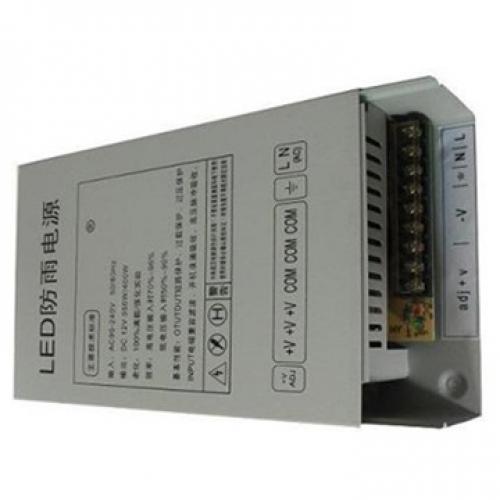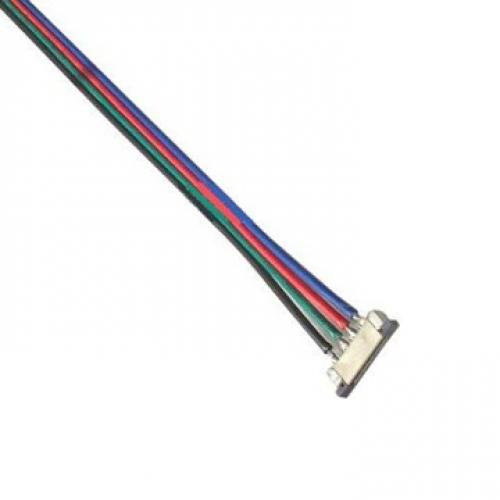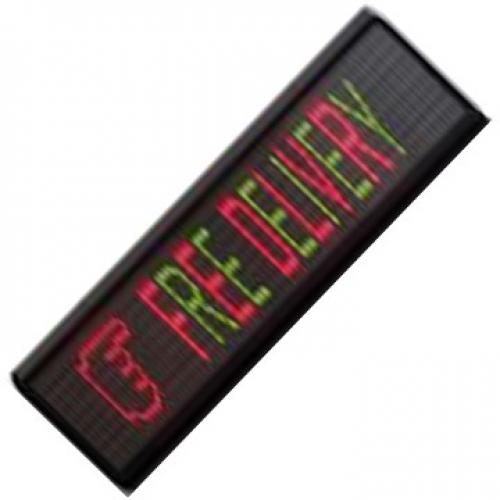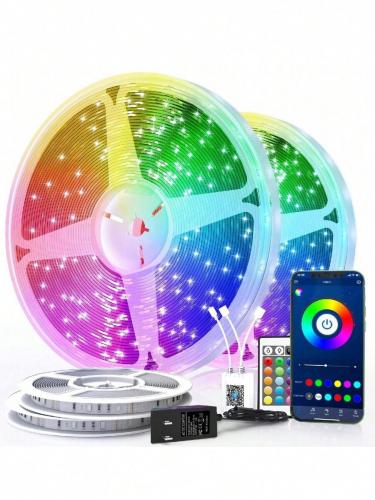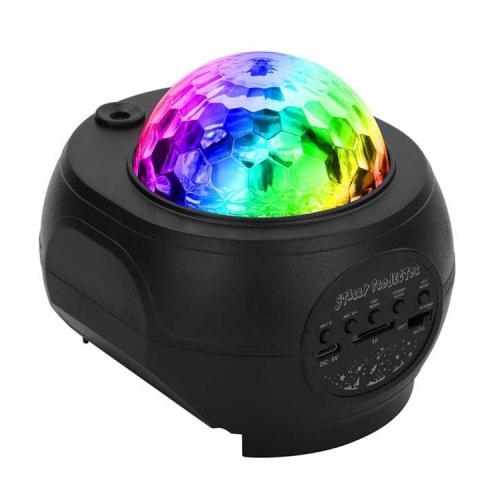What is the difference between sodium street lights and LED lights?

In the realm of urban lighting, sodium street lights and LED lights are two prevalent technologies, each with distinct characteristics that influence their application, efficiency, and impact on both the environment and human activities. Understanding the differences between these two types of lighting is crucial for city planners, environmentalists, and the general public to make informed decisions about street lighting solutions.
Sodium street lights, specifically high-pressure sodium (HPS) lamps, have been a staple in outdoor lighting for decades. They are known for their characteristic yellow-orange glow, which can be seen illuminating streets and highways across the globe. The primary advantage of sodium lights is their energy efficiency compared to older incandescent bulbs and their relatively long lifespan. However, they have several drawbacks, including poor color rendering, which can make it difficult to distinguish colors accurately under their light. This can be a significant issue for tasks that require color differentiation, such as driving or surveillance.
In contrast, LED (light-emitting diode) lights are a more recent innovation that has rapidly gained popularity for street lighting. LEDs are known for their superior energy efficiency, often using up to 50% less energy than sodium lights for the same level of brightness. This efficiency translates into significant cost savings for municipalities and a reduction in carbon emissions. Additionally, LEDs offer excellent color rendering capabilities, providing bright, white light that more closely resembles natural daylight. This feature enhances visibility and safety for drivers and pedestrians alike.
One of the most significant differences between sodium and LED lights is their environmental impact. Sodium lights contain small amounts of toxic materials, such as mercury, which can pose environmental hazards if not disposed of properly. LEDs, on the other hand, are free from these hazardous substances, making them a more environmentally friendly option. Furthermore, LEDs have a longer operational life, reducing the frequency of replacement and the associated waste.
From a maintenance perspective, LED lights also have the upper hand. They are more durable and resistant to damage from vibrations and weather conditions, leading to lower maintenance costs and fewer disruptions in service. This durability, combined with their long lifespan, makes LEDs a cost-effective choice over the long term.
Another critical consideration is the impact of lighting on human health and wildlife. The yellowish light emitted by sodium lamps is less likely to disrupt nocturnal wildlife and has minimal impact on human circadian rhythms. However, the blue light component in LEDs can potentially disrupt sleep patterns and affect wildlife. This has led to the development of "warm" LED options that minimize blue light emissions, balancing the need for efficient lighting with environmental and health considerations.
Despite these advantages, the transition from sodium to LED lighting is not without challenges. The initial cost of LED installation can be higher than that of sodium lamps, although this is often offset by the long-term savings in energy and maintenance costs. Additionally, there can be resistance to change from communities accustomed to the familiar glow of sodium lights.
In conclusion, while sodium street lights have served cities well for many years, the benefits of LED technology make it a compelling choice for modern urban lighting. LEDs offer superior energy efficiency, better color rendering, and a more environmentally friendly profile. However, considerations around initial cost, health impacts, and community preferences must be addressed to ensure a smooth transition. As cities continue to seek sustainable and efficient lighting solutions, the shift towards LED technology is likely to accelerate, paving the way for brighter, safer, and more eco-friendly urban environments.

 Afrikaans
Afrikaans Čeština
Čeština Dansk
Dansk Deutsch
Deutsch Español
Español Francais
Francais Italiano
Italiano Magyar
Magyar Nederlands
Nederlands Norsk
Norsk Polski
Polski Português
Português Română
Română Slovák
Slovák Suomi
Suomi Svenska
Svenska Tiếng Việt
Tiếng Việt Türk dili
Türk dili Ελλάδα
Ελλάδα Русский
Русский اللغة العربية
اللغة العربية แบบไทย
แบบไทย 中文繁體
中文繁體 日本語
日本語 한국인
한국인

